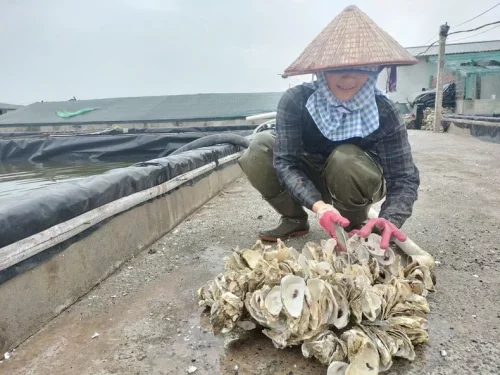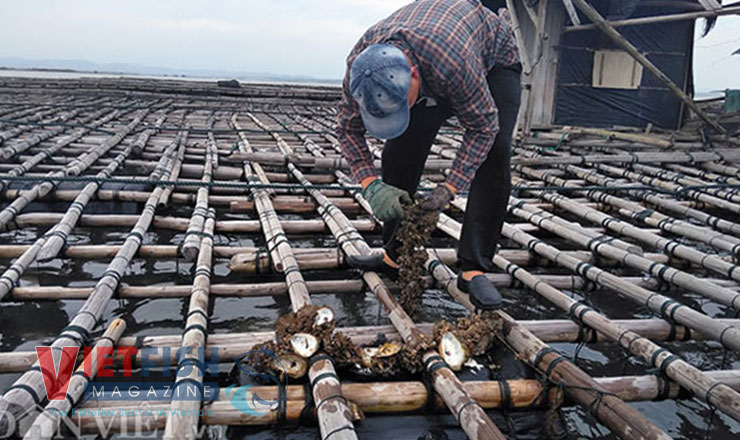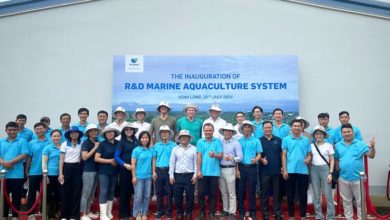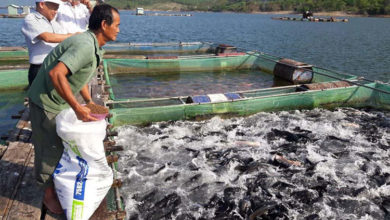Ninh Binh: Juvenile oyster farming in Kim Son

Taking full advantage of favorable natural conditions, including an optimal environment and suitable water quality, the juvenile oyster farming industry has rapidly expanded in recent years across the coastal communes of Kim Son District, Ninh Binh Province. This sector has become a new income source for local farmers, providing stable livelihoods and creating jobs for thousands of local workers.
Following initial success, many farmers have invested in infrastructure and expanded their farms. Currently, more than 350 facilities, covering about 354 hectares, are dedicated to producing juvenile clams and oysters. In 2023, the juvenile oyster farming sector in Kim Son generated around VND 240 billion, with some farms earning between VND 1.5 and 2 billion per hectare per year. These figures illustrate the strong growth potential of juvenile oyster farming in the district.
The industry first appeared in Kim Son in 2016, mainly in the communes of Kim Dong, Kim Hai, Kim Trung, and Binh Minh Town. According to Vu Van Tan, head of the local Agriculture and Rural Development Office, the area’s favorable natural conditions and environment have enabled Kim Son juvenile oysters to thrive, yielding better-quality seeds than those from other regions, even surpassing imported varieties in terms of survival rates, productivity, and efficiency.
Current farming techniques ensure that Kim Son juvenile oysters meet commercial farmers’ demands. The oysters grow quickly, have high population density, and adhere to both sides of their substrates, making them highly desirable for commercial farming. Consequently, Kim Son juvenile oysters command higher market prices and are favored by oyster farming regions such as Quang Ninh and Hai Phong.
Recognizing the region’s unique natural advantages, Kim Son District has invested significant resources in helping farmers apply scientific and technological methods to production. This includes breeding, cultivating algae for oyster feed, improving irrigation systems, and treating water sources. Additionally, farmers are encouraged to follow agreements on mollusk seed supply and quality management with the Quang Ninh Department of Agriculture and Rural Development. This collaboration has created a stable and safe supply chain for juvenile oysters.
To enhance product value and ensure the sustainable development of juvenile oyster farming, Ninh Binh’s Fisheries Department plans to continue educating farmers on marine environmental preservation and protection. They will also focus on introducing new technologies to improve the quality of oyster seeds while organizing training courses on advanced farming techniques to support local farmers.
In 2023, Kim Son juvenile oysters were granted trademark certification by the Intellectual Property Office of Vietnam, under the Ministry of Science and Technology. This certification serves as a crucial tool for maintaining and promoting the product’s reputation and quality, while protecting the brand from infringement. Additionally, a management system for the “Kim Son Juvenile Oyster” certification trademark has been established, allowing the Kim Son District People’s Committee to regulate its use, grant licenses to qualified users, and prevent any misuse of the brand.
VFM






